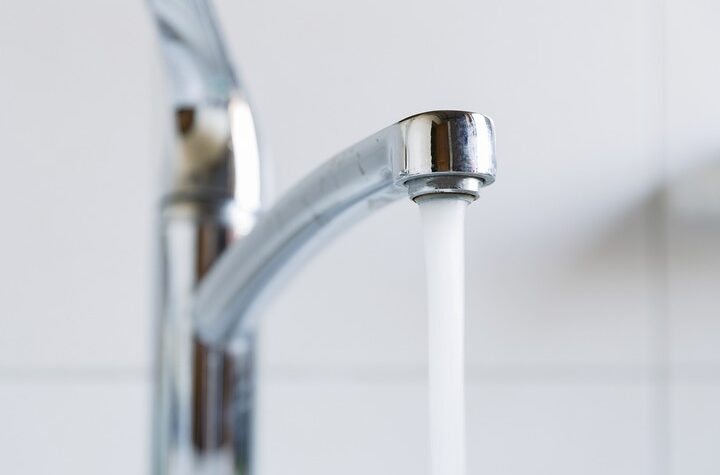A feeble and sluggish water flow from your bathroom sink can transform your daily routine into a source of frustration. The good news is that you don’t have to endure low water pressure indefinitely. This comprehensive guide will explore various methods and strategies to boost water pressure in your bathroom sink, ensuring a more efficient and enjoyable washing experience.
Water pressure is a critical aspect of any plumbing system, influencing the effectiveness of daily tasks such as washing hands, brushing teeth, and cleaning. Insufficient water pressure diminishes the overall user experience and can lead to incomplete rinsing of soap and toothpaste, potentially impacting hygiene.
If the issue persists or you’re uncertain about tackling it yourself, enlist the expertise of a professional plumber. A plumber can thoroughly assess your plumbing system, identify the root cause of low water pressure, and implement the necessary solutions.
Let’s learn about how to increase the water pressure in the bathroom.
Faucet Aerator Issues
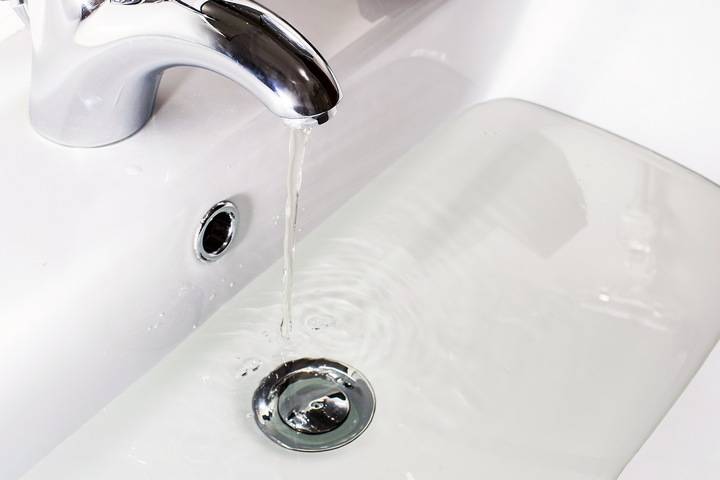
The aerator, a small mesh screen located at the end of the faucet, can accumulate mineral deposits and debris over time, impeding water flow. Cleaning or replacing the aerator is a straightforward solution to restore optimal water pressure.
Partially Closed Shut-Off Valves
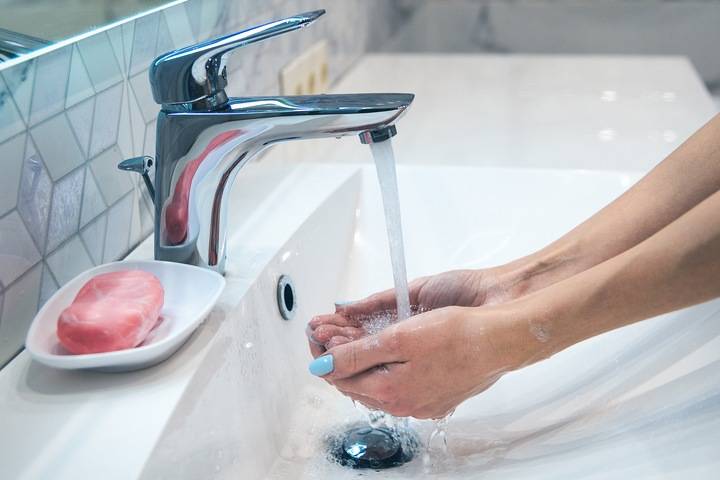
The shut-off valves beneath the sink control water flow to the faucet. If these valves are only partially open, it can significantly reduce water pressure. Ensure that both the hot and cold water shut-off valves are fully open.
Clogged Pipes
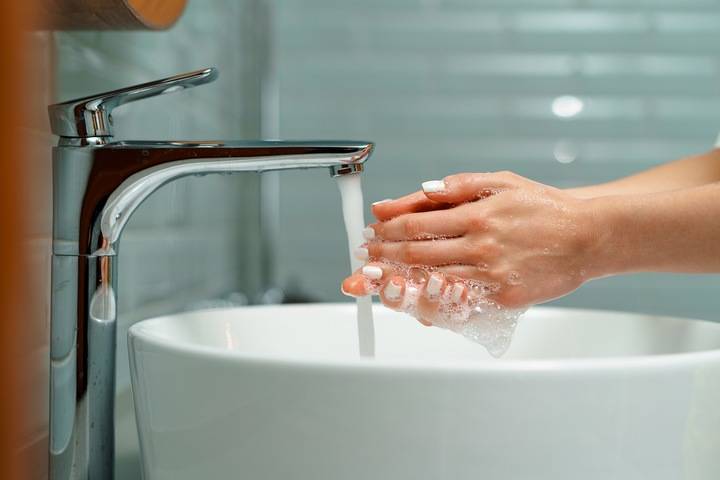
Accumulation of debris, sediment, or mineral deposits within the pipes can restrict water flow. Regular maintenance, including cleaning or pipe flushing, can help alleviate this issue.
Old or Damaged Faucets
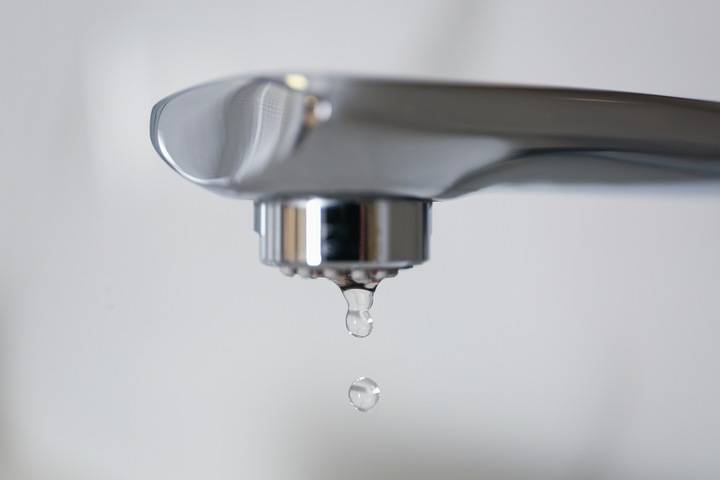
Outdated or damaged faucets may not provide adequate water pressure. Consider upgrading to a newer, high-pressure faucet for improved performance.
Water Supply Line Issues
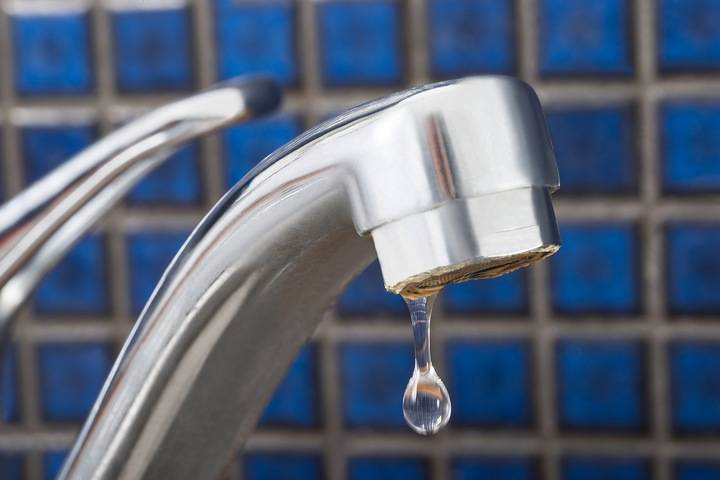
Damaged or deteriorating water supply lines can contribute to low water pressure. Inspect the lines for signs of wear and replace them with high-quality, flexible alternatives.
Inadequate Pipe Diameter
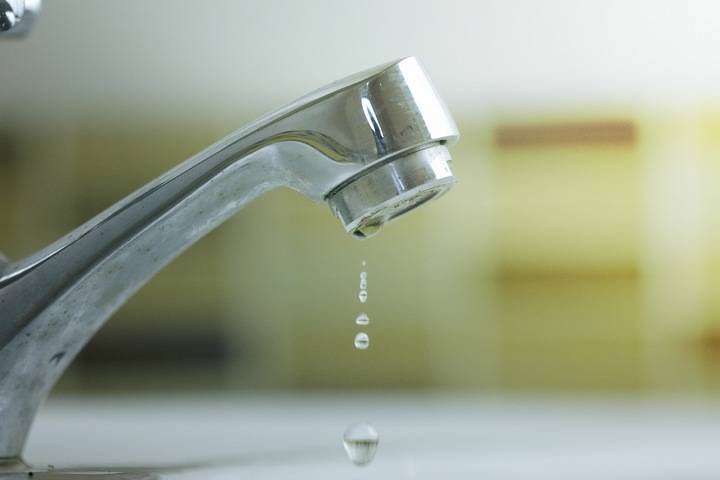
Narrow pipes can limit water flow. Consulting with a professional plumber to assess the feasibility of increasing pipe diameter may be necessary for a long-term solution.
Water Pressure Regulator Problems
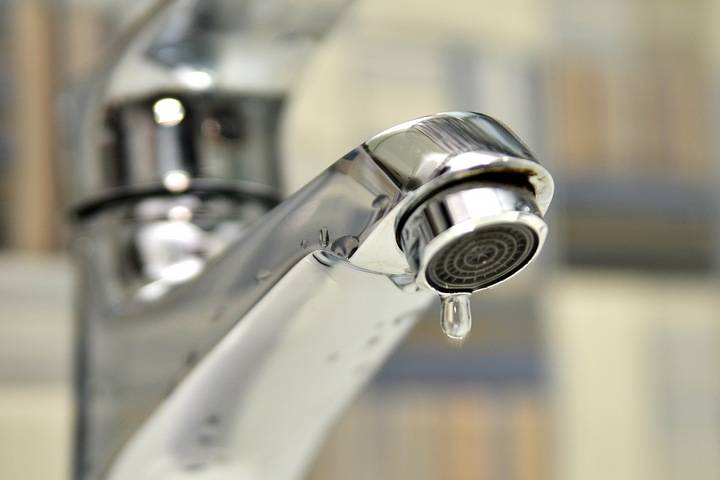
The water pressure regulator, located near the water meter, regulates the overall water pressure in your home. Malfunctions or incorrect settings can result in reduced pressure. Adjust or replace the regulator as needed.
Leaking Pipes
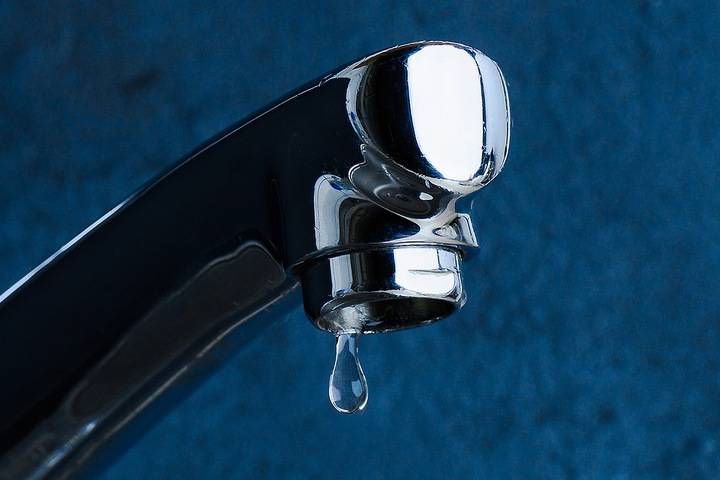
Undetected leaks in the plumbing system can lead to a drop in water pressure. Regularly check for and promptly address any visible leaks.
Clean or Replace the Faucet Aerator
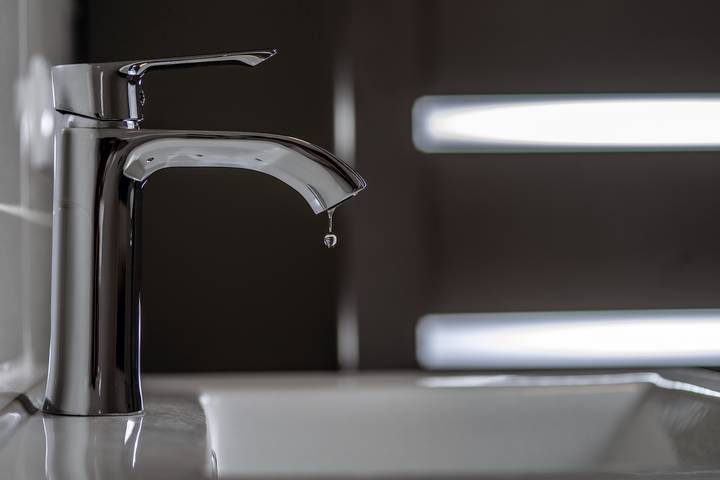
Now that we’ve identified potential causes let’s delve into specific methods to increase water pressure in your bathroom sink.
Begin by removing the aerator from the faucet. Soak it in a vinegar solution to dissolve mineral deposits and debris. If cleaning doesn’t suffice, consider replacing the aerator with a new one designed for high water pressure.
Check and Open Shut-Off Valves
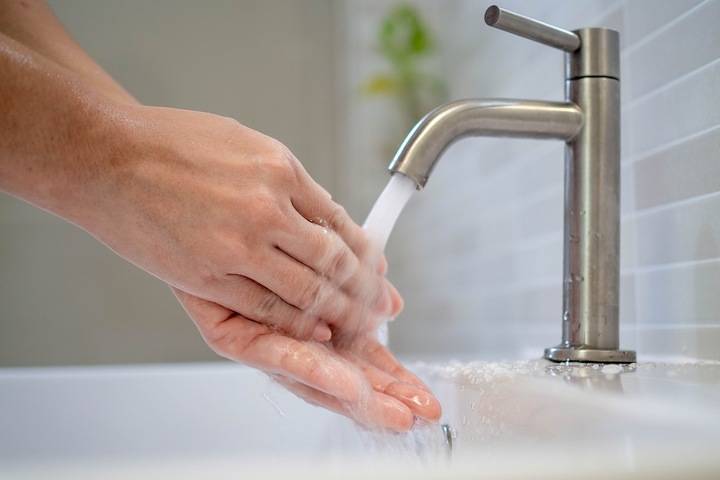
Ensure the hot and cold water shut-off valves beneath the sink are fully open. Use pliers to turn the valves counterclockwise and maximize water flow.
Inspect and Clear Clogged Pipes
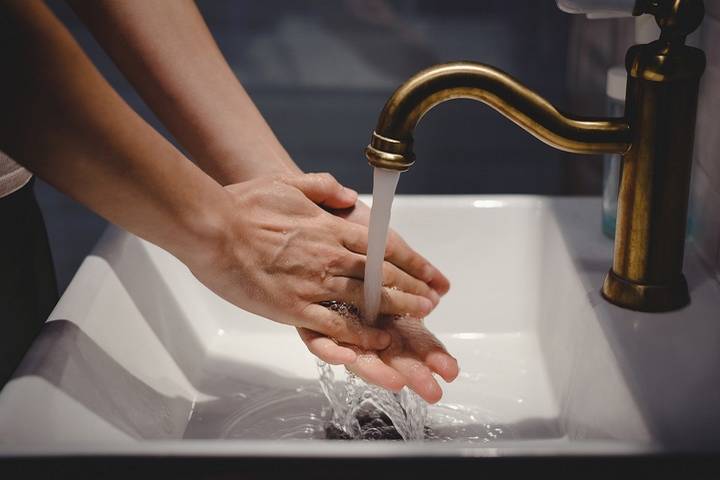
If cleaning the aerator doesn’t resolve the issue, there may be clogs within the pipes. Consider using drain cleaning solutions or consult a plumber for professional assistance.
Upgrade to a High-Pressure Faucet
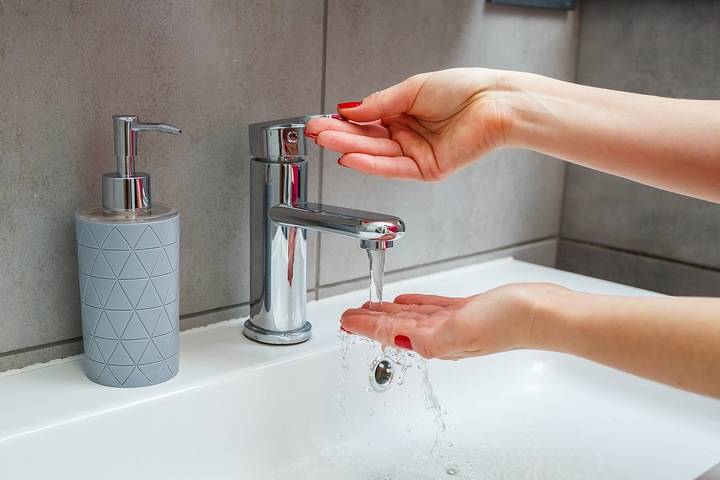
Old and inefficient faucets can contribute to low water pressure. Invest in a new, high-pressure faucet designed to enhance water flow. Single-handle faucets often provide better pressure control than double-handled counterparts.
Replace Water Supply Lines
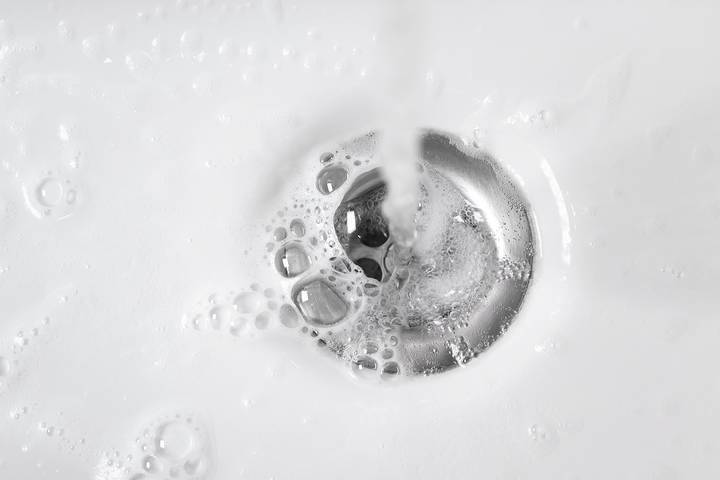
Damaged or outdated water supply lines can impede water flow. Upgrade to flexible, braided stainless steel lines for improved durability and water pressure.
Consider Increasing the Pipe Diameter
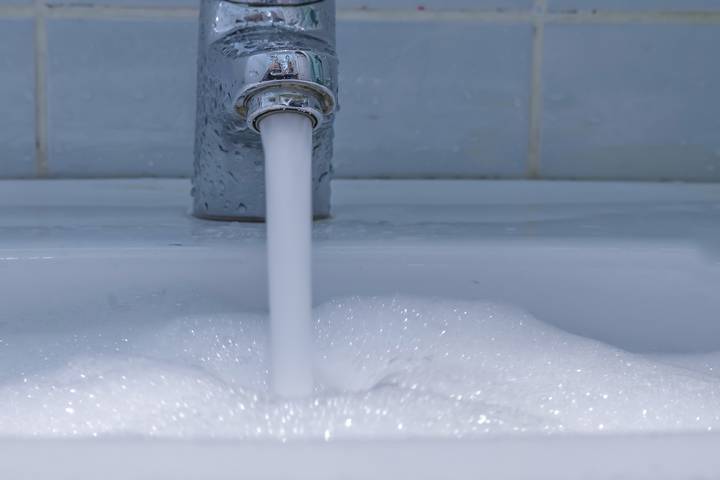
Consult with a professional plumber to assess the feasibility of increasing the diameter of your pipes. This more extensive solution can significantly enhance water pressure throughout your plumbing system.
Adjust the Water Pressure Regulator
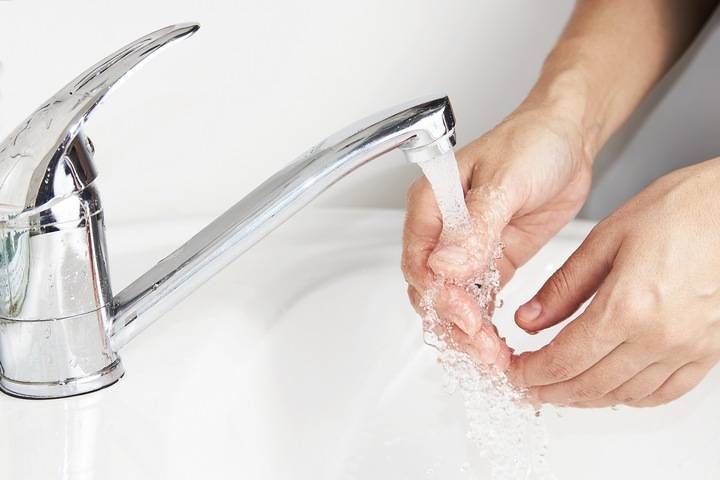
Locate the water pressure regulator near the water meter and gradually adjust it to increase pressure. Exercise caution not to set the pressure too high, which can damage plumbing.
Address Leaks Promptly
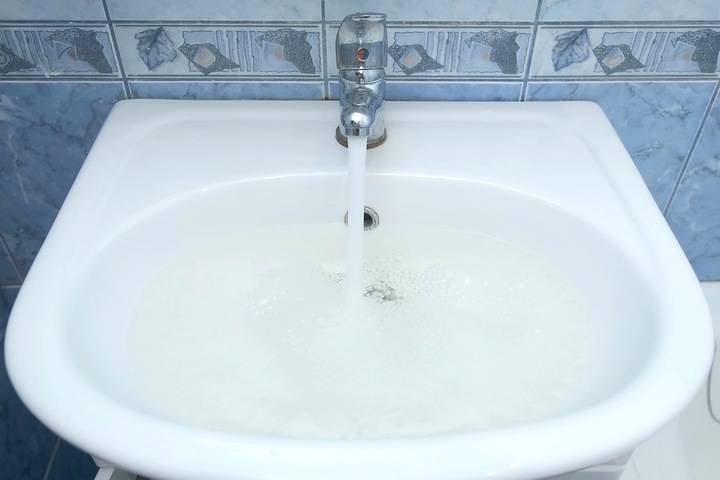
Regularly inspect your plumbing system for leaks and address them promptly. Undetected leaks can contribute to low water pressure and potentially cause extensive damage.
Install a Water Pressure Booster
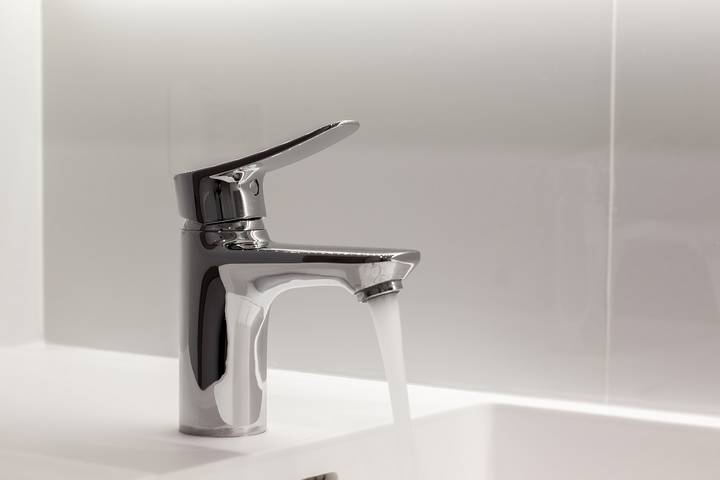
Consider installing a water pressure booster for a more immediate and targeted solution. These devices can be attached directly to your water line to increase pressure. Follow the manufacturer’s instructions carefully and ensure compatibility with your plumbing system.

